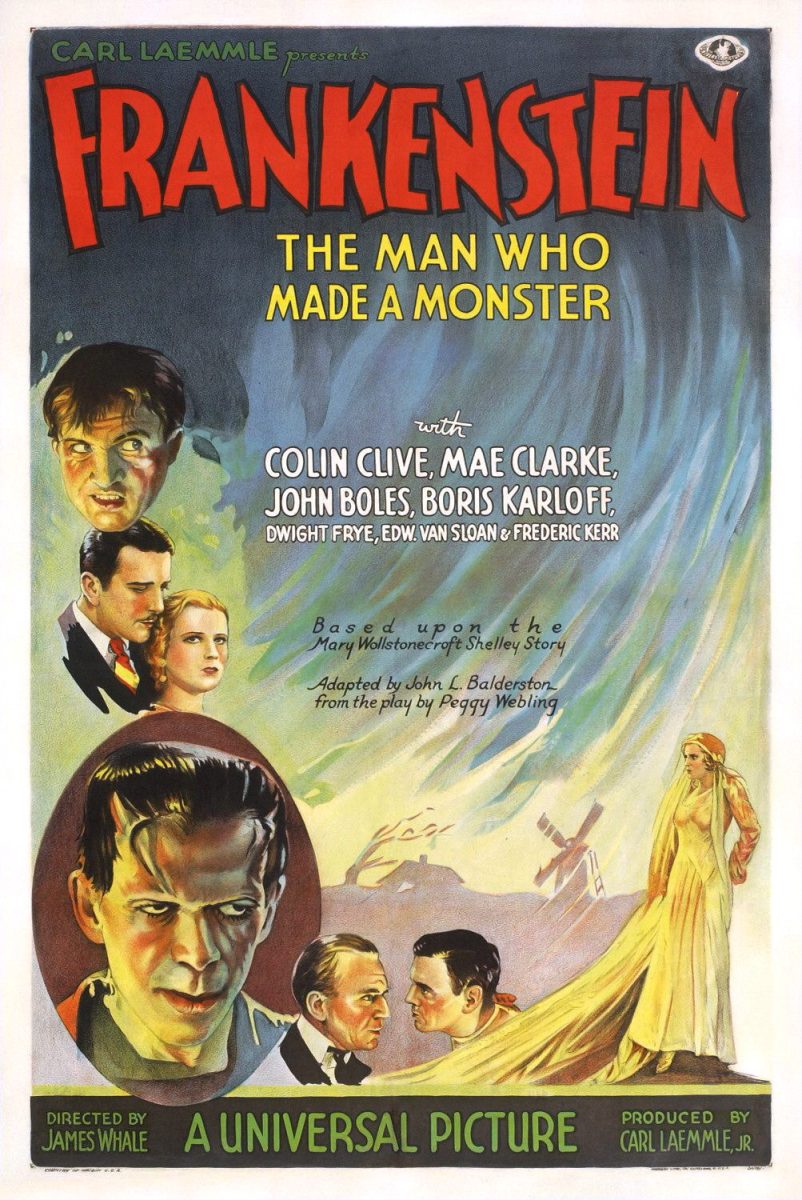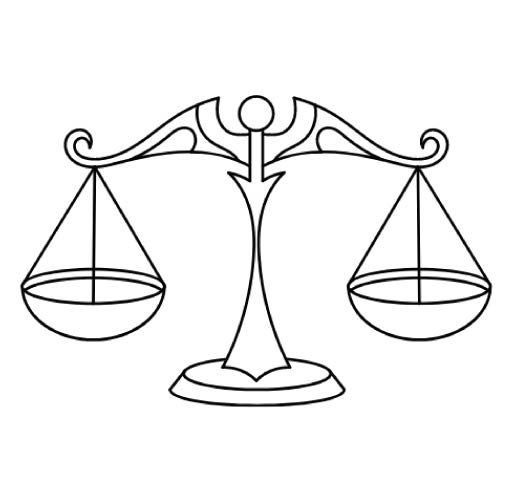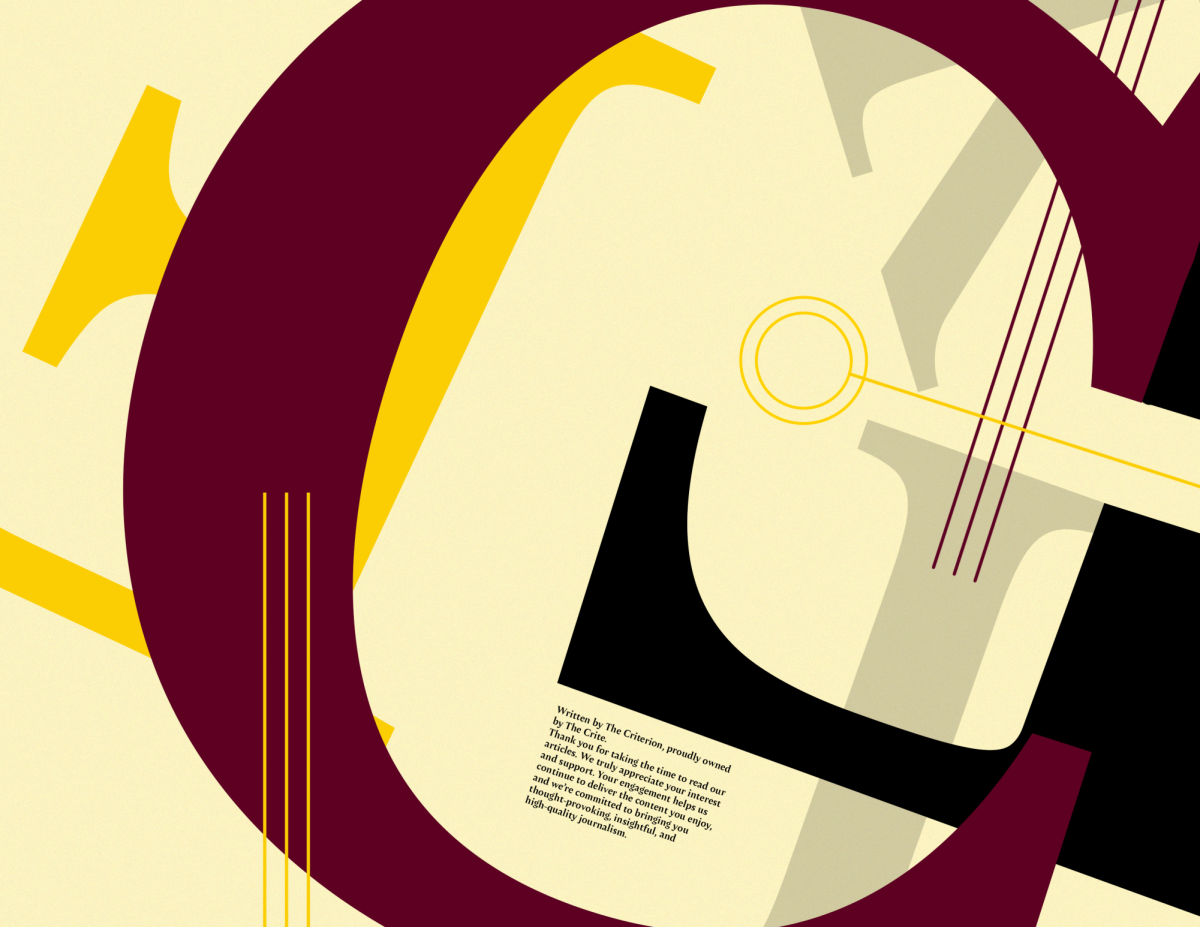LinkedIn, who has one?
I’m going to assume that most people reading this don’t have an account, or if they do, the page is not updated. This is the website that will connect you with potential employers and allow you to learn more about the company you are going to be applying to. It also allows employers to see your account and what you have accomplished.
It seems like a lot of people think that LinkedIn is a joke and shouldn’t be taken seriously because it hasn’t gained the traction that other social sites have, such as Facebook, Instagram, Twitter and Snapchat. A lot of people don’t put in the time and effort to make their LinkedIn account stand out from other accounts. You do not want to be this person.
“Sometimes there are photographs used that do not look professional, like a Facebook profile pic that might be blurry or show someone not dressed appropriately,” mass communications professor James Perez said. “Also, for the ‘summary’ section, students might include more explicit accomplishments, as opposed to skills that are on the resume.”
Make sure that your account looks professional because companies are going to be looking at your LinkedIn account in a professional way, not as friends.
Don’t add in content that won’t help you out in the long run. What that means is, don’t put information that doesn’t pertain to the jobs that you are interested in. If you are interested in sales, don’t say that you can groom a dog. Instead, you would put that you tripled sales last year at your old company. Or, if you are looking to go into the culinary arts, you would want to put that you mentored under the top chef in your town, with his contact information attached in some way.
The biggest problem with some LinkedIn accounts is choosing a photo that doesn’t show your face. I’ve seen some students treat it like their private social media accounts.
“Some will have a drink in hand, doesn’t matter if it’s alcoholic or not, it comes off too casual,” mass communication professor Elaine Venter said. “Wearing swimwear, etc. There are some active shots of people hiking and that only works if what you’re doing or hope to do will fit with that, but a close-up shot of your face is still necessary.”
[media-credit id=18 align=”alignright” width=”169″] [/media-credit]
[/media-credit]
Make sure that a quality photo that matches the type of business you want to attract is used. This is the first part of your page that a potential employer will see.
“Dress appropriately in the shot. It’s suggested men wear suit jacket, button-up shirt and tie. Women should wear blazer with button-up blouse or professional dress,” Venter said.
There can be an exception to this rule depending on where you are trying to apply. The general rule is to dress professionally.
If men don’t have a suit jacket, a button-up shirt and a tie, the next best option would be to wear a collared shirt, such as a polo. For women, if you don’t have a nice blazer, your next best bet would be a professional top.
“LinkedIn allows you to create a cover page photo much like Facebook. Utilize it. It can act as a visual extension of yourself. Canva is a good resource for making your cover photo complete with templates,” Venter said. “Make it fit the audience you’re targeting, the field you are in or want to be in, but make it authentic and true to you as well.”
Canva is a great place to go to make a cover photo. All you need to do is Google ‘Canva’ and log in with Facebook, Google or your email and you will have access to a wide range of cover photos that a lot of other people wouldn’t consider using. This will allow for you to stand out and have a more well-rounded account.
Once your Cover photo and your profile photo are set then you are able to move on to the next step creating a good header.
“Create a headline that clearly identifies who you are or what you hope to be. Readers are going to see you’re a student when they go to your education section.” Venter said. “So if you can put something else in headline other than student and it’s honest, then go for it.”
The header will be the first read on your page, which means that it better hook the employer. If they don’t then there is a high likelihood that you will not get the job. Make sure it stands for what you believe in and not something that you made up. The best option you could take is to say your current position. If you are only a student, then say what you are working towards.
The summary could be the hardest part for some. If you don’t know what to talk about, consider these three points that Venter suggests:
“1. You need to concisely state who you are. 2. What do you do? 3. What value do you offer? What do you have that can be useful to others? What do you specialize in?” Venter said. “Use action words that indicate what you do and what you can do.”
If you do the three points that are listed above, you will be able to have a better summary than most of the people in the LinkedIn world. Employers want to know that you can bring value to them and their company.
What exactly does that mean?
Employers need to know that you will be a good addition to their team. The employers want to know that if they decide to hire you, you will fit in. There should be some part in your summary that shows how you have brought value to past employers and have a potential quote from an old employer that can be verified if needed.
LinkedIn is becoming more prevalent in the business world and one day it could be as big as Facebook. The best advice that you can take or leave is to update your account and make sure it looks professional.








